Animation has long been an influential medium for shaping perceptions and entertainment, and Black characters have increasingly been introduced to break stereotypes and bring much-needed diversity to the screen. Some of these characters not only offered viewers representation but also served as pioneers for inclusion and equality in the animation industry. Here are four Black cartoon characters who broke barriers in animation and paved the way for more diverse storytelling in the medium.
1. Static Shock from Static Shock
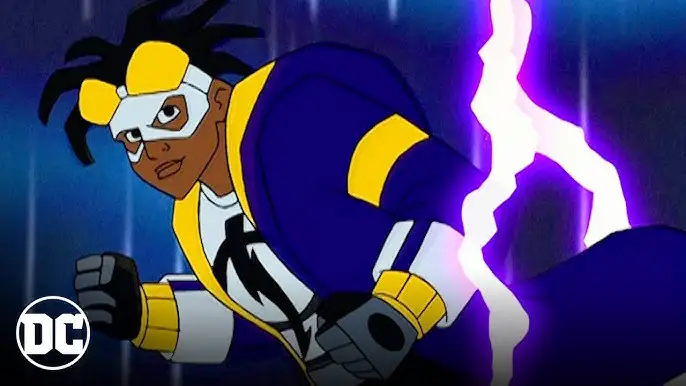
Static Shock, also known as Virgil Hawkins, is one of the most prominent Black superheroes in the world of animation. First appearing in the animated series Static Shock, Virgil is a teenager who acquires electromagnetic powers after a chemical explosion in his neighborhood. Not only does the character represent an important breakthrough in the superhero genre, but he also tackles issues such as racism, urban violence, and personal responsibility.
As a young, Black protagonist in an animated series that was both educational and action-packed, Static Shock was a game-changer for the portrayal of Black youth in animation. The show delved into real-world issues, using Virgil’s powers as a way to navigate challenges in his community. His character was significant in the sense that he was a superhero who not only fought crime but also dealt with everyday challenges that young Black people face, making him an incredibly relatable and empowering figure. To dive deeper into Static Shock’s legacy, visit DC Comics.
2. Princess Tiana from The Princess and the Frog
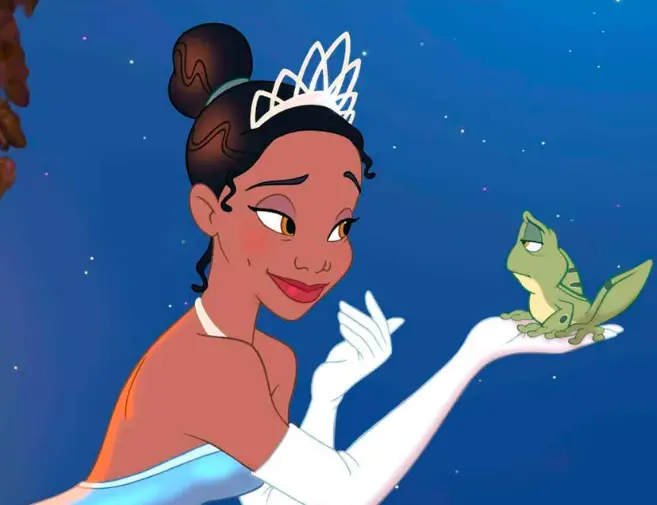
In 2009, Disney introduced Princess Tiana, marking a historic moment as the studio’s first Black princess. Set in 1920s New Orleans, Tiana is portrayed as a diligent and ambitious young woman with dreams of opening her own restaurant, reflecting themes of perseverance and self-reliance. Unlike traditional princess narratives that often focus on royalty and fantasy, Tiana’s story emphasizes hard work and determination, offering a modern take on the classic fairy tale. Her character challenges longstanding stereotypes by showcasing a Black woman in a leading role who is both independent and goal-oriented. The film also highlights the rich cultural heritage of New Orleans, blending elements of jazz, cuisine, and local traditions, thereby providing audiences with a nuanced representation of African American culture.
Tiana’s introduction was a significant step toward diversifying the portrayal of princesses in mainstream media, allowing young Black girls to see themselves represented in a Disney protagonist. The character’s impact extends beyond the screen; in 2024, Disneyland debuted “Tiana’s Bayou Adventure,” the first ride dedicated to a Black princess, further cementing her legacy within the Disney franchise. Anika Noni Rose, who voiced Tiana, has expressed profound pride in the character’s enduring influence, noting that Tiana allows children to see themselves as regal and deserving of their own fairytales. This representation has been celebrated for its positive impact on inclusivity and diversity in animated storytelling.
3. Keesha Franklin from The Magic School Bus
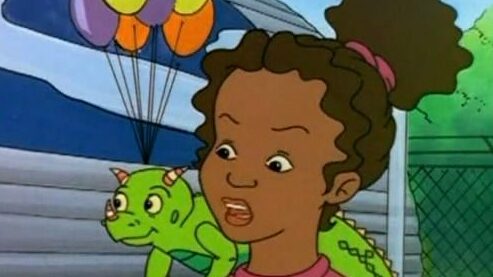
Keesha Franklin is one of the standout students in Ms. Frizzle’s class in the educational animated series The Magic School Bus. Portrayed as level-headed and inquisitive, Keesha often emphasizes the importance of gathering facts and understanding concepts thoroughly. Her skepticism and desire for evidence-based conclusions make her a relatable figure for young viewers, especially those interested in science and critical thinking. As one of the few Black characters in children’s educational programming during the 1990s, Keesha’s presence provided much-needed representation, showcasing a Black girl excelling in STEM (Science, Technology, Engineering, and Mathematics) fields.
Her character often engages in forming hypotheses and encourages her classmates to “get the facts,” promoting a culture of curiosity and learning. Keesha’s ambition is evident, yet she remains humble, willing to reconsider her stance when presented with new information or when realizing potential risks to her peers. This portrayal breaks away from one-dimensional characterizations, offering a multifaceted depiction of a young Black girl who is both intelligent and conscientious. Keesha’s character has been analyzed for her personality traits, often identified as sociable, influential, and humble, aligning with the ESFJ personality type. Her role in The Magic School Bus continues to be celebrated for normalizing diversity in educational content and inspiring a generation of young learners to pursue their interests in science.
4. Penny Proud from The Proud Family
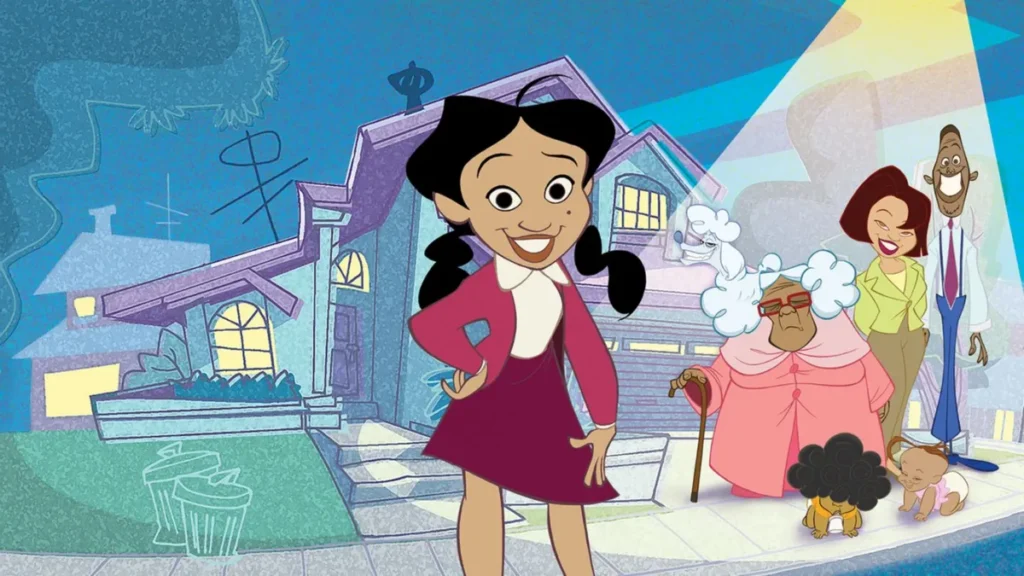
Debuting in 2001, The Proud Family introduced audiences to Penny Proud, one of the first Black female leads in a Disney Channel animated series. The show centers on Penny’s experiences as a teenager navigating the complexities of adolescence, family relationships, and cultural identity. Penny is portrayed as a smart, kind-hearted, and ambitious young girl who often finds herself balancing the expectations of her family with her personal aspirations. The series is notable for its authentic portrayal of a middle-class Black family, addressing various social issues such as racism, cultural heritage, and self-acceptance.
Penny’s character serves as a positive role model, demonstrating resilience and empathy as she confronts everyday challenges. The show’s emphasis on cultural specificity, combined with universal themes of growing up, allowed it to resonate with a broad audience while providing much-needed representation for Black viewers. In 2022, the series was revived as The Proud Family: Louder and Prouder, continuing Penny’s story and further exploring contemporary issues relevant to today’s youth. This revival underscores the enduring impact of Penny Proud as a trailblazing character in animated television, highlighting the importance of diverse storytelling in media.
5. Gerald Johanssen from Hey Arnold!
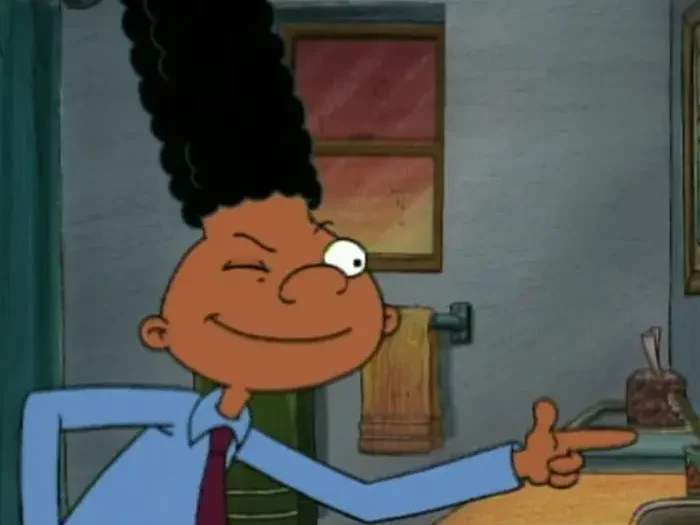
Gerald Johanssen, best friend to the titular character in the animated series Hey Arnold!, stands out as a well-rounded Black character in 1990s animation. Known for his wisdom, charisma, and storytelling abilities, Gerald often serves as the voice of reason among his group of friends. His leadership qualities and strong moral compass make him a natural guide, helping his peers navigate various challenges. Gerald’s character breaks away from stereotypical portrayals by presenting a Black boy who is multifaceted—stylish, intelligent, and deeply loyal. His family life is also depicted, providing viewers with a glimpse into a loving and supportive Black household, which was relatively uncommon in animated series of that era.
Gerald’s relationship with Arnold is central to the show, highlighting themes of friendship, trust, and mutual respect. His character design, featuring a tall, distinctive hairstyle and a jersey with the number 33, has become iconic, symbolizing his unique personality and cultural identity. Gerald’s inclusion in Hey Arnold! contributed to normalizing diversity in children’s programming, offering audiences a relatable and positive representation of a Black youth. His enduring popularity underscores the importance of well-developed characters of color in media, paving the way for more inclusive storytelling in animation.
